How Do We Integrate STEM Across Subjects?
A MiddleWeb Blog
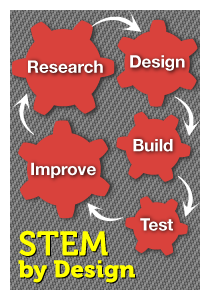
Can other subjects really tackle STEM with fidelity? At first I had my doubts. Take history as an example. When I heard the suggestion, “Let’s teach STEM through history,” I asked myself how that could even work.
Then I recalled my fascination with James Burke’s book, Connections. In it Burke points out how developments in science, technologies, engineering, and mathematics have driven events and culture throughout history.
So what if we teach history through the lens of inventions and technologies? Well, it’s certainly a good start, but is it enough to qualify as teaching STEM? A report from the 2014 AHA meeting proposes that professors emphasize how history complements and enhances STEM education.
That’s a great idea, but not a way to actually integrate history and STEM. (Note: the actual intent of the AHA article is to show the value of history to STEM students, not to integrate the two subjects. I mention it because of the occasional mindset that simply mentioning something about STEM in another subject is tantamount to “integrating” the two subjects.)
Let’s recall national STEM guidelines
Take a look at some recommended guidelines for STEM education:
- Addresses a real-world problem
- Is driven by an engineering design process
- Incorporates science and math
- Involves students in teamwork
- Allows multiple approaches and different possible solutions for a problem
- Uses an inquiry-based teaching and learning approach
- Involves innovation, entrepreneurship, and creativity
- Includes the construction of a process or prototype.
These guidelines may cause teachers who work in other subject areas to do a double-take and wonder if they must include all of that in their versions of STEM lessons. To answer that question, I turned to STEM Specialist Judy Duke who works with Whole School STEM Reform, an initiative of the Mobile Area Education Foundation (MAEF).
A schoolwide STEM perspective
STEM education is a crucial approach for fostering rigorous and engaging teaching in the 21st century. This MAEF reform initiative focuses on helping schools develop a STEM plan to shift instructional practices across the whole school and create a powerful and effective learning culture – a “big tent” where STEM is naturally integrated into the curriculum.
According to Judy Duke, one way of “doing STEM” in history (and social studies) is to look at the problems that “engineers” have solved over the course of time. STEM is not something new; throughout history engineers (or their early equivalents) developed technologies to solve problems.
For example, ancient Egyptians faced the challenge of building tombs for the pharaohs and their queens. They came up with the pyramid as a design to solve the problem. History teachers might help students think of the pyramids as a solution to a problem and then go deeper by asking students:
- What were the engineering feats that had to be tackled to build a pyramid? (Some challenges that Egyptians would have faced in building that pyramid include calculating the dimensions; transporting 2.3 million blocks of stone averaging about 2.5 tons each, then assembling these into a pyramid; designing the interior layers of the pyramid; protecting the burial chambers; and so on.)
- How would you (students) have approached solving these problems had you been alive then? (Let kids work in teams to design a solution for one of the problems they identified, and then build prototypes of their designs. Their social studies fair displays might showcase their solutions.)
If you’re interested in that kind of STEM approach, a couple of resources might help you. TeachEngineering developed a curricular unit that engages students in a pyramid-building experience that parallels the modern-day engineering design and construction process. You might use that as a basis for creating an engaging, hands-on unit while building in the cultural content.
Idea: Collaborate with science and math teachers and ask them to teach the “physics of simple machines” content. That approach would turn this into a truly integrated STEM unit. (Science and math teachers: this activity correlates nicely with both the NGSS and the CCSS.)
Another resource, Use STEM as Your Time Machine for History, also generates useful ideas for integrating STEM and history. (I especially like suggestions 2 – 5.) Get Caught Engineering guest bloggers, the authors of this article, suggest a number of challenges kids could tackle that require them to work together, solve problems, be innovative, and persevere. (The bloggers aimed at primary school, but you’ll see the carry-overs!)
All told, this particular approach to teaching history does meet most STEM guidelines and could generate interest, student engagement, and learning.
The primary question
Just as STEM and history could be integrated, Judy Duke sees STEM as a systematic, schoolwide approach to problem solving in all subject areas. Regardless of the subject area she would advise: “Start by asking, What problems need to be solved?”
This question works to start the STEM process and to help kids see the role that engineering plays in every aspect of their lives. Using an engineering design process, all teachers would build on students’ curiosity and help them learn to ask really good questions. In every subject, kids would understand and practice the thought processes behind systematic problem-solving.
Connecting STEM & ethics education
One overarching STEM need that all teachers can directly address involves helping kids to analyze the human impact of the technologies we humans invent. (Technology is anything created and used by humans to meet a need or want.)
Our ability to create, invent, and innovate often outstrips our ability to manage those technologies appropriately. Teaching ethics in STEM is essential!
The study of history is ideal for revealing beneficial and harmful social impacts of past technologies. Current technology creation and use also offers opportunities for analysis. Consider the positive and negative aspects of cell phones as an example. Schoolwide STEM can provide teachers with recurring opportunities to help students form ethical frameworks for decision-making.
And now . . .
As I mentioned at the beginning, I’ve had my doubts about whether other subject areas were appropriate venues for teaching STEM with fidelity. (Look back at the guidelines I mentioned above.) Judy Duke has no such reservations. She says yes, schoolwide STEM can work!
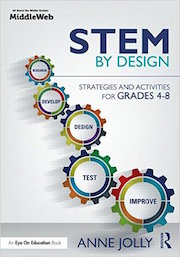
And me? If it’s driven by an engineering approach, I just may be a believer in schoolwide STEM. What about you?


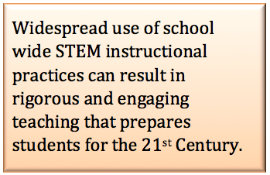
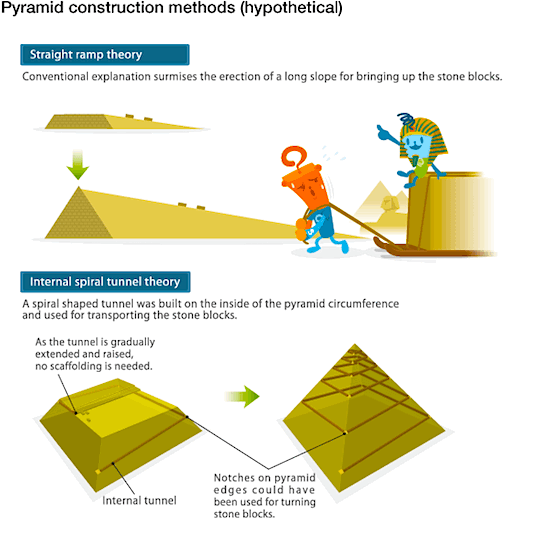
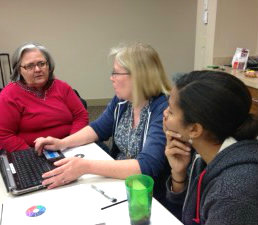
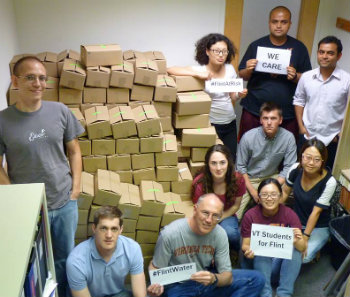






























Great post! I am an engineering student researching STEM education with the interest of startup programs for K-5th. What are some resources that will be helpful?